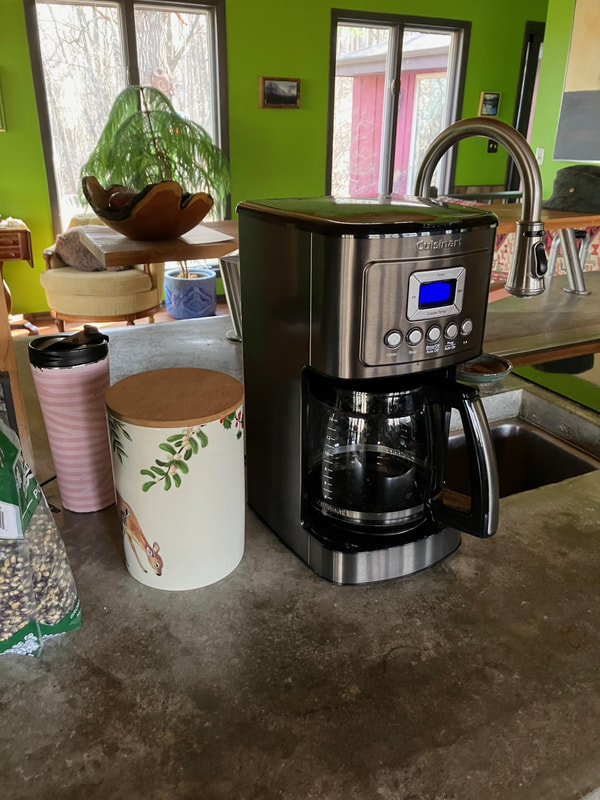
It seemed like for years, probably decades even, we never had an issue with our coffeemaker. We plugged it in, put the grinds in the receptacle, poured in the water, hit the switch, and it percolated away.
Not now, not recently. Over the past 4-6 years, we can’t seem to get any of our coffeemakers to function properly more than a year. We’ve replaced multiple machines during this period of time, at least five, and most likely more than that.
What happens? For one, the pot won’t fully fill. My wife does all the same things she’s been doing for months, and for some oddball reason, the pot only fills a third of the way. You turn it off and on again, and another third fills. Then do that one more time and you get your full pot. An excellent, happy way to start your morning as your glands await their jumpstart to functionality.
A second default is for the water not to heat properly. You get the pot percolated and filled, then pour yourself a cup and don’t see any steam coming off it. Hmmmmmm…. You sip. Lukewarm. You put it in the microwave for 50 seconds to get it toasty. This isn’t a horrible situation, but it is an inconvenience. And, it shouldn’t happen with a six-month-old coffee machine.
Third, you have the “few drips” syndrome, where each brewing yields a few drips, but not much more. There are attempted remedies to any of these problems. Flushing the system with a vinegar/water mixture is the well-known one, and is typically effective, at least in the short-term. You initially feel vindicated, like a high quality home improvement project that you’ve finished.
But, the fix doesn’t hold. You may find your coffee back the way you want it for a few weeks or months, but the system deteriorates again and frustration mounts.
We’ve tried grinding the beans in a new way, or using a new type of filter. Problems persist.
Maybe we should rinse the entire apparatus with a power hose and hang it out on the clothes line. Or put it in the washing machine. See what happens then.
There is some internal mechanism, which the lay person knows nothing about, that breaks down, and you really can’t do much about that in the final analysis. So, you grab your plastic card, talk to your friends regarding what type of coffee machine they use, read reviews on Amazon, close your eyes, plug the card in at the cashier as you pick and pay for a new one, hoping this device stays functional for two years or more.
Now that our newest version is taking a dive on us (yup; that’s why this column is being written), we’re digging a little deeper, wondering perhaps that it’s our water supply. Could there be contaminants or sediment that make our coffee machines break down? How do we find out? Maybe our neighbors have the same problem.
We will talk with them. We’ll switch machines again, and perhaps it’s time to go old world and heat water, then pour it over the grinds in one of those coffee pots your parents used to have. That would work.
Please send me your suggestions on a great functional coffee-maker that won’t break our bank. I await your input.